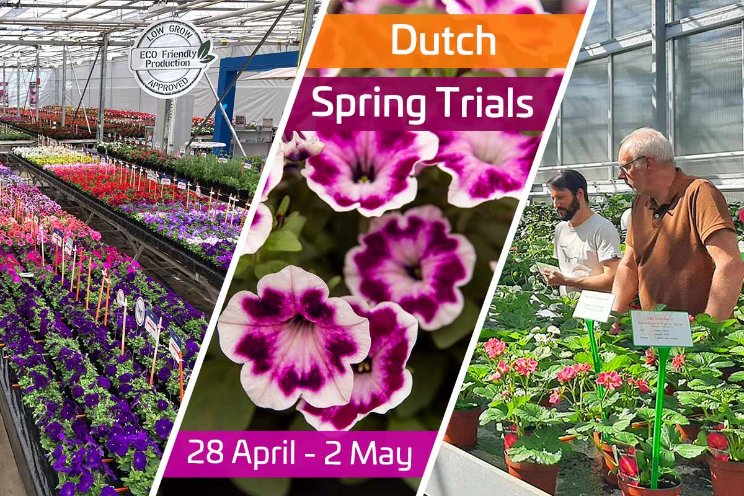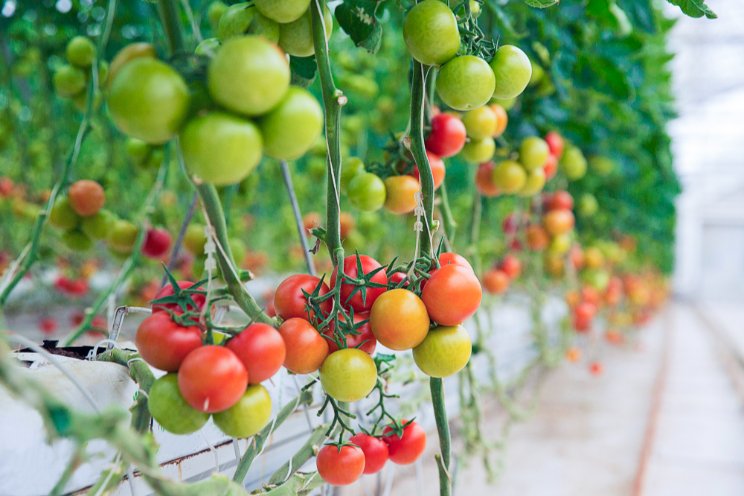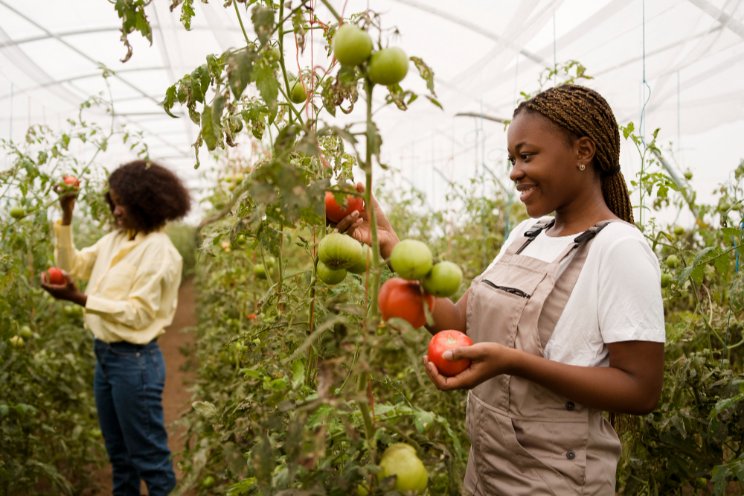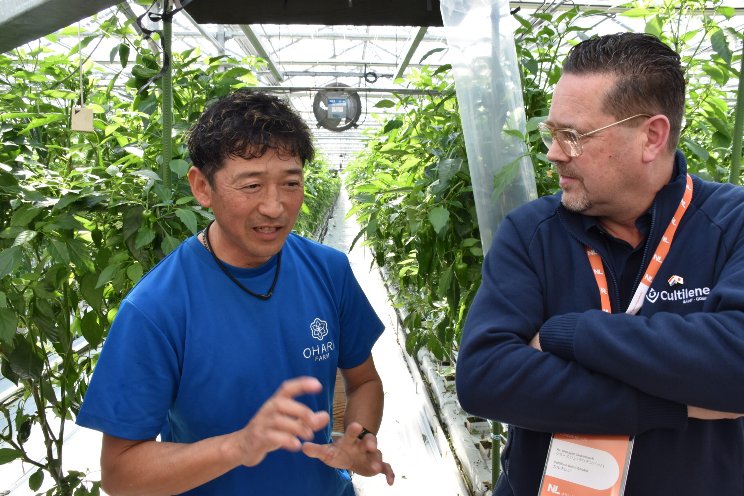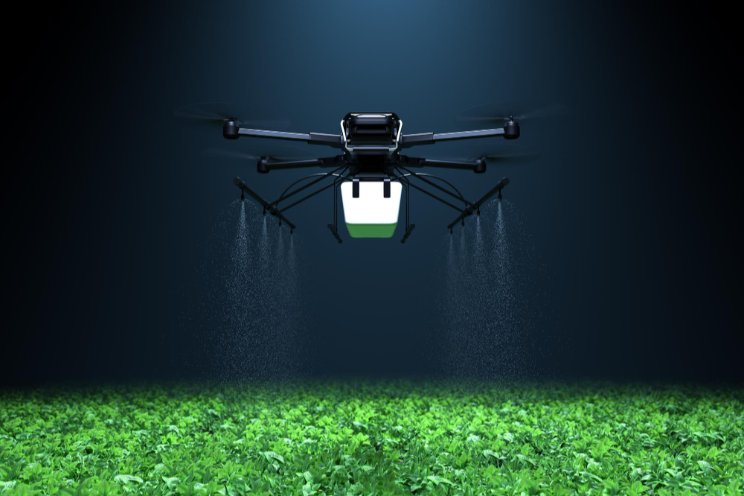Challenges and opportunities faced in VF
Added on 22 November 2022

Vertical farms are heavily reliant on smart technology, data insight and precise control to grow quality crops.
amBX spoke with Stephan den Boer from Bever Innovations on their podcast about the role of technology in vertical farms, the challenges and opportunities faced as well as tips to optimise operations and improve results.
Bever Innovations are known as an innovator in the LED lighting industry, they have been established since 1996, and they operate in multiple application areas, including indoor farming.
Below are some key highlights from the conversation. To listen to the episode in full, click here.
What is a vertical farm, and why is it important?
”In my opinion, a vertical farm is an indoor environment where you're trying to recreate the outdoor circumstances (e.g. the daylight spectrum is 400 to 700nm). And why would you do that? Because the outdoor environment is not always suitable for certain crops, e.g., in the Middle East, it’s hard to grow certain crops efficiently.
Local to local is important from an environmental perspective; locally produced and locally distributed produce is in demand.
We have completed projects in Japan for lettuce, and customers are willing to pay higher prices for fresh produce there because there is more limited availability than in the likes of the UK or Holland. You can influence the taste and colour when something like lettuce is grown in a vertical farm and enhance the crop to produce higher quality products for the consumer, all without pesticides or any chemicals being used in the process”.
How important is precise, granular control of light in this environment?
“In a vertical farm, you’re trying to create the best conditions for your specific crop. Lighting is an integral part of the process because, without light, the crop would not grow. Vertical farms do not have exposure to daylight because you want to be able to control the circumstances as much as possible. This means using a climate chamber to recreate the perfect circumstances each time.
Photo: Bever Innovations
More news
